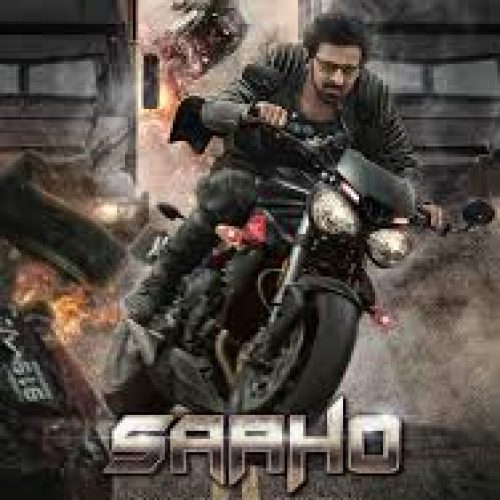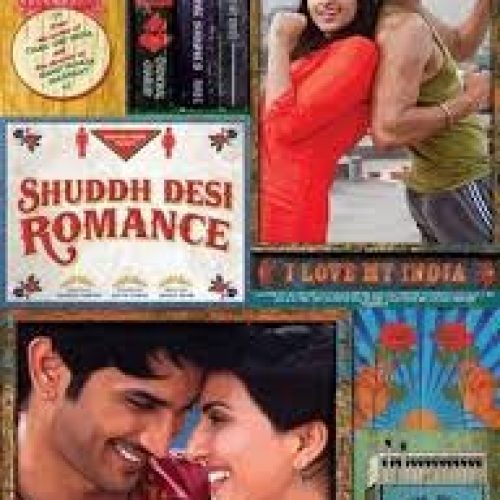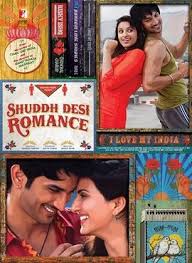A fiery portrayal of student activism, romance, and the socio-political upheaval of the 1990s, Hurdang bursts onto the screen with intensity and purpose. Starring Sunny Kaushal, Nushrratt Bharuccha, and Vijay Varma, the film is set against the backdrop of Allahabad during the turbulent times of caste-based reservations in India. Directed by Nikhil Nagesh Bhat, this drama blends themes of love, ambition, and rebellion, all within the framework of a politically charged narrative that falls under the social-political drama genre.
The story revolves around Daddu (played by Sunny), a spirited and ambitious student who dreams of joining the Indian Administrative Services. His love interest, Jhulan (played by Nushrratt), is equally strong-willed, determined to support Daddu in his aspirations. However, their love story gets intertwined with the larger socio-political struggle when the issue of caste-based reservations erupts, igniting protests and unrest in the university. Vijay Varma plays the cunning and opportunistic student leader Loha, who manipulates the situation for his own gain. As the protests intensify, Daddu finds himself drawn into the chaos, where love, ideals, and his future collide. The film builds up to a crescendo as Daddu is forced to choose between his personal ambitions and the revolutionary wave sweeping through his life.
Sunny’s performance as Daddu is raw and intense, bringing a sense of urgency and emotion to his role. His portrayal of a young man caught between love and social responsibility feels relatable, especially in the scenes where his internal struggle is palpable. His body language and facial expressions convey the tension between his passion for Jhulan and the political turmoil around him. Nushrratt, as Jhulan, provides a spirited counterbalance. Though her role may not be as fleshed out as Daddu’s, she holds her own in the emotional scenes, portraying a woman torn between her loyalty to her lover and the harsh realities of the world they live in. Vijay Varma, as Loha, adds a layer of intrigue to the film with his manipulative and opportunistic character. His performance is subtle but menacing, adding a strong antagonist element to the film. Together, the cast’s performances drive the story forward with conviction.
The direction by Nikhil Nagesh Bhat deserves a mention for its ability to capture the intensity of the student movement while also allowing space for the more intimate moments between the lead pair. The film moves at a brisk pace, and while some scenes might feel heavy-handed, the director succeeds in keeping the audience engaged in both the political and personal aspects of the story. The gritty portrayal of university politics and the streets of Allahabad adds authenticity to the film. However, some parts of the screenplay feel rushed, with the narrative jumping from romance to political unrest without adequate transitions.
Cinematographer Ramanuj Dutta has done a commendable job in portraying the rawness of the 1990s. The film’s visual tone, particularly the depiction of street protests, burning effigies, and campus clashes, feels real and chaotic, effectively transporting viewers into the heart of the agitation. There’s a sense of urgency captured in handheld shots, while the contrasting calmness of the romantic moments between Daddu and Jhulan offers a respite from the tension. The use of color tones to depict the heat of protests and the coolness of the romantic interludes subtly plays with the film’s emotional undertones.
The music of the film, composed by Ishaan Chhabra, works in favor of the film’s emotional arcs. The tracks “Dagaai Dagaai” and “Panghat” add depth to the film’s setting, enhancing the socio-political atmosphere of the plot. While the background score complements the film’s tense moments, the love songs fail to leave a lasting impression. They serve their purpose in adding a touch of Bollywood romance to the gritty narrative but are easily forgettable once the credits roll. Still, the score does a solid job of setting the tone for the various mood shifts in the film, especially during the intense moments of protests and chaos.
Another aspect worth noting is the film’s attention to costume design and production. The simple, realistic attire of the characters, particularly Daddu’s student rebel look and Jhulan’s traditional yet casual appearance, makes the characters believable. The set design also reflects the era authentically, capturing the look and feel of the 1990s with precision. The college campus, street scenes, and the gritty underbelly of student politics are all recreated with careful detail, enhancing the film’s setting.
Editing is another area where the film shines, particularly during the action and protest sequences. The sharp cuts during scenes of unrest amplify the tension, while the transitions between the romantic and revolutionary parts of Daddu’s life are handled with finesse. However, there are moments where the film’s pace seems uneven—rushing through emotional arcs while spending more time on the political drama. This could have been balanced better to give equal weight to both the love story and the socio-political plotline.
At its core, Hurdang is a film about choices and the price of ambition. It reflects on how personal dreams can be derailed by larger socio-political forces, and it explores the power dynamics within the university system. The film taps into the complexities of caste-based reservations, but without diving too deeply into the ethical nuances of the issue. Instead, it chooses to focus more on the characters’ personal journeys, which makes the film emotionally engaging but slightly superficial in its political discourse.
In the end, Hurdang is a compelling watch, particularly for those interested in films that blend romance with political commentary. While it isn’t without its flaws—most notably the underdeveloped character arcs and uneven pacing—it manages to keep the audience hooked with strong performances and an immersive setting. The film successfully evokes the tension and passion of its setting, making it a worthwhile addition to the genre of socially-conscious cinema. For those looking for a film that delves into student activism with a touch of romance, this one delivers well, though it may leave you wanting more in terms of depth and resolution.







